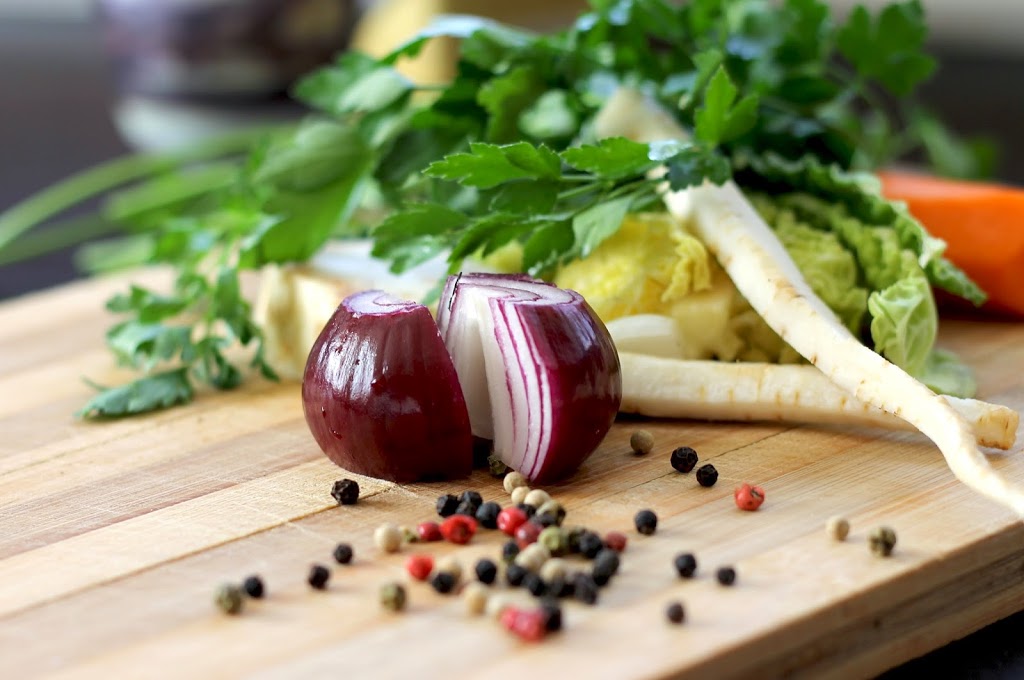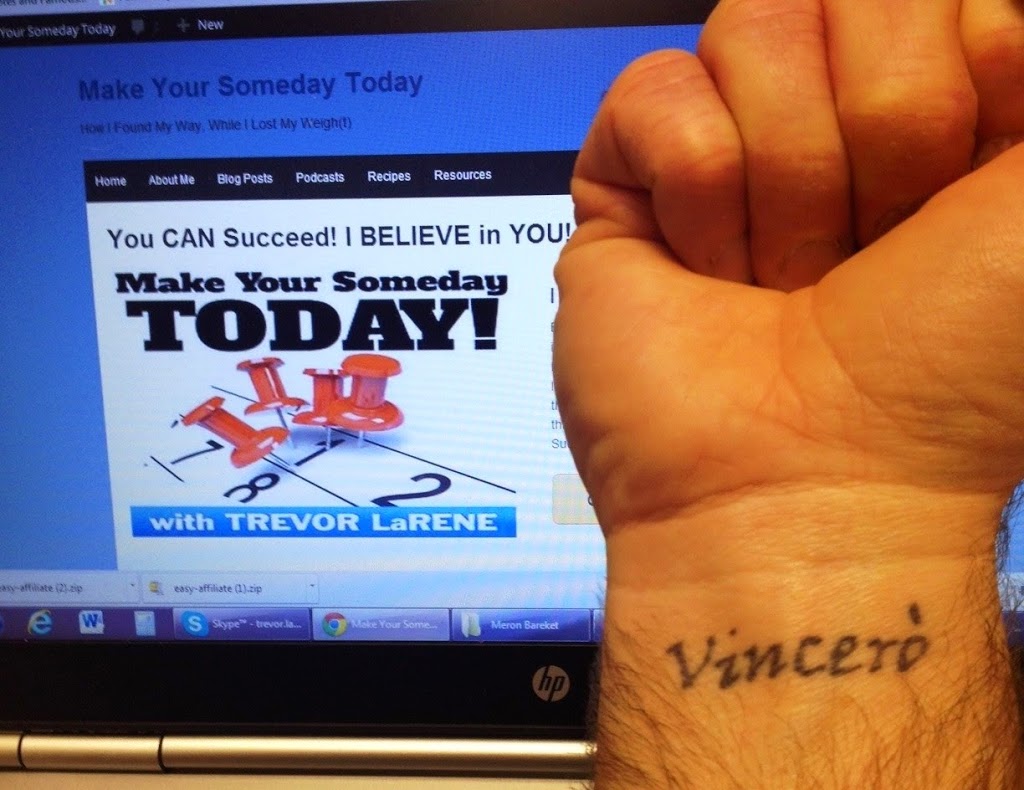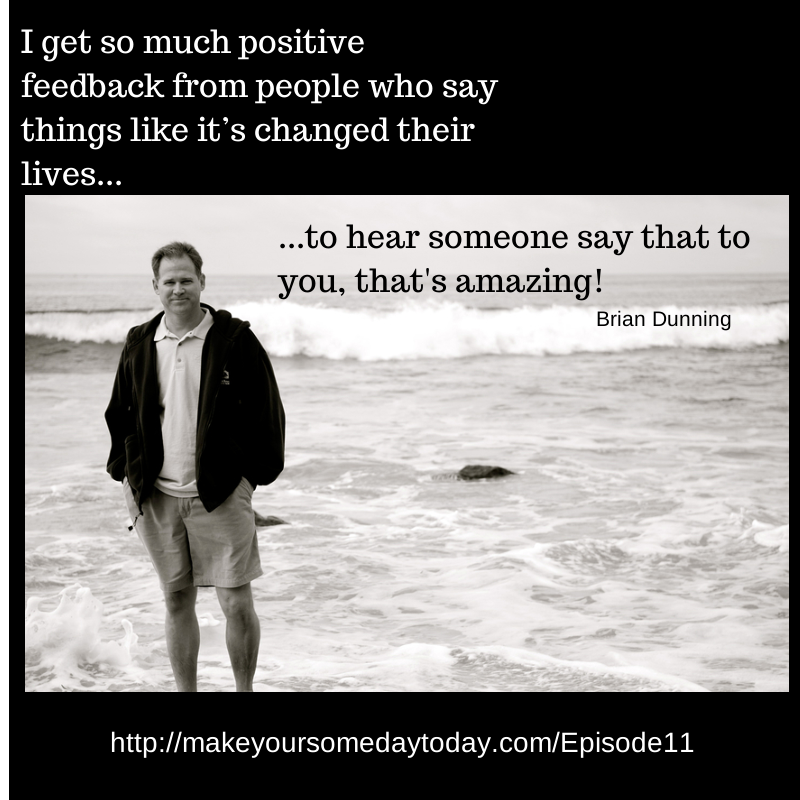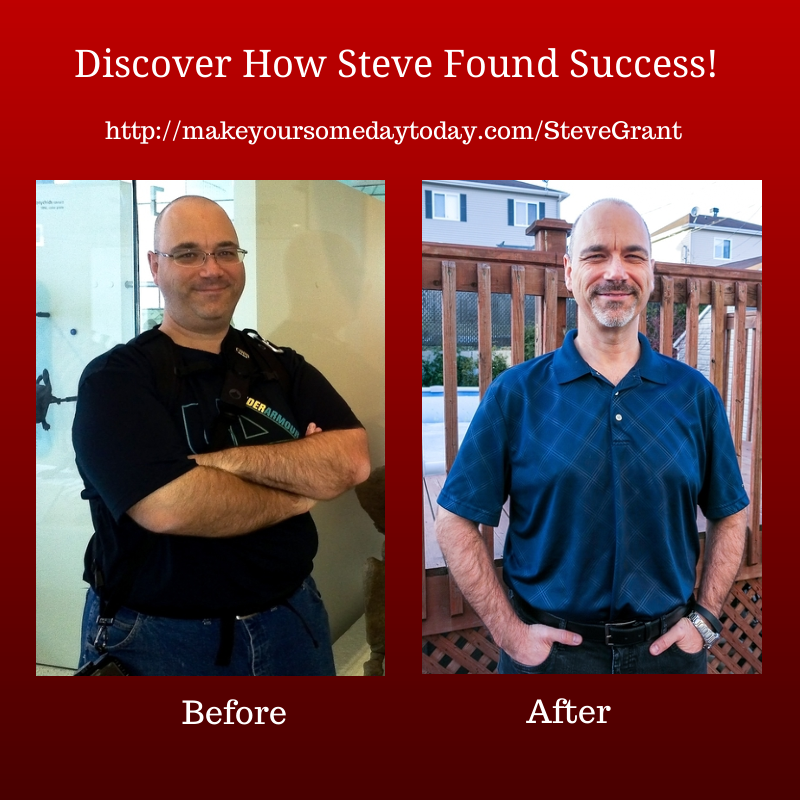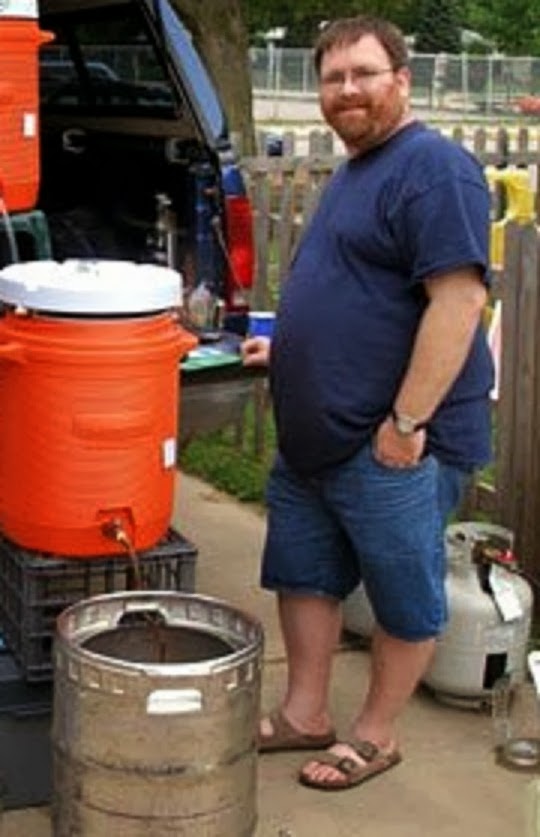Success
Five Secret Tricks to Regain Control of Your Eating (Part 4)
Welcome back to this series of life-changing tips which are very simple to use!
To recap, we use going to use the “Half Plate Habit” everywhere, chew gum while shopping, and move temptations at the office out of sight.
But many of us eat one or more meals away from home and office. What about when we eat at a restaurant? How can you use the “Half Plate Habit” when you are not in charge of plating your food?
I will offer a few simple actions. Oh, I know, you already know the trick about having the server pack up half the entrée before they even bring it to the table. That will prevent you from eating the entire meal without thinking.
(Do you do that? I don’t. I should, but I don’t.)
And we probably should order all those “heart healthy” foods. You know, those foods with the little heart logo. But do we? Not usually. Sometimes those foods just don’t look appetizing, or the portions seem too small, but for whatever reason, we ignore those options.
So what can we do? I have three simple suggestions.
- One is seating location. Ask for a seat near a window or a well-lit location. When people sit in a booth, in the far corner, dark and isolated, people tend to order more and then eat more. Sitting near a window or on the outdoor patio, generally helps people make healthier choices. When you can be seen, you will usually do what you “should do.”
- The second step is when you order a meal, remember to use the “Half Plate Habit”. Instead of a starchy side dish, ask for extra vegetable or a side salad. And when the server arrives, immediately ask for a glass of water with a lemon or cucumber slice, and ask him or her to not bring the dinner roll basket.
- Lastly, you should try to limit alcohol consumption. Not only is alcohol empty calories, but one of the first effects of alcohol is to put our “decider brain” into a deep sleep. That is why we tend to eat when we drink. But if you are sitting near the window you probably will also not be sitting near the bar, so that decision will be easier.
If you really want to throw caution to the winds, and bypass everything we’ve learned so far, order food while sitting at a dimly lit bar, during double-bubble happy hour, and with 2 televisions going.
But if you really want to do that, we will need to have a one-on-one session.
And just a reminder, if you do not want to wait, you can listen to last week’s podcast, where I list all five suggestions. The show is about 30 minutes long, and you can find it here. You can also subscribe to my podcast in iTunes (for users of Apple products) or Stitcher (non-Apple devices.)
—————–
I want to acknowledge Dr. Brian Wansink and both of his excellent books, “Mindless Eating” and “Slim By Design”. His research and more importantly, his well-written and easy to read books were the source of these suggestions.
Small Changes Make a Big Difference
Would that help you get healthy?
Would it help the people you live with?
What would you pay to prevent gaining 38 pounds a year?
Would you make the decision to act?
Many current sets of dinnerware feature dinner plates that are 10-11 inches. I’ve seen one with 12″ plates. The set of Corel plates that we formerly used had 11″ dinner plates and 8.5″ salad plates.
That is potentially 359 calories saved. In ONE meal! Over the course of a year, that would be almost 131,000 calories eaten. Eating off your old plates could add almost 38 pounds–or using the new plates may help you lose the same amount.
Stop Trying To Be Happy! Just Enjoy Life!
After you read his post, please leave him a comment here, and then check out his thoughts on his blog.
Walt Disney and John Wayne Give Great Advice
——————-
Note: the links to LoseIt and Fitbit are my affiliate links. That means if you click on those and buy one (or both) I will receive a small commission. It does not change your cost at all, but it will help me continue to provide recipes and advice here and in my podcast Make Your Someday Today.
Accepting Praise for Your Successes
Success will bring recognition. In business, that could be in the form of a pay raise, a bonus, a promotion, or a bigger office. In sports, that could be medals or sponsorships. Those are relatively easy to accept. They are tangible rewards, something that is measurable and comparable to other people.
A Success Story! Have You Heard It Yet?
This is a shameless plug for my podcast.
You can easily find MakeYourSomedayToday (in iTunes) or (in Stitcher). If you like what you hear, please leave me a review on one of those sites (or both!) Ratings and reviews serve to demonstrate to each company that my podcast is worth promoting. That is the only way I can grow–if you, my readers and listeners give feedback to iTunes and Stitcher!
I am asking for everyone here to listen to a show or two (or all 10?) and then give me honest ratings and reviews.
The next show that I will promote here is the most recent episode, and it will feature a few unusual foods. If you listened already, you know what I am talking about. I will show pictures and give basic recipes.
By the way, if you want to hear my story, you can find it in MYST Episode 1 at either of the links about or directly from my website.
Cold Showers: Why DO I Take Them?
What is YOUR “non-standard”? How is it helping you reach your goals? Please share your thoughts here so that others may learn from you.
Change is an Ongoing Process
If you want to change something, there is a defined process or set of steps. Everyone takes all the steps. Sometimes the time lag between steps is brief, and sometimes the duration of one step can be very long. Some people repeat a few steps, but every step is always part of the process. Since I–and many others–are in the “weight change” process, my examples will all refer to that decision.
Step 1: Pre-contemplation
At this point, you don’t even think about a change. Life is happening and you are riding along. You rarely consider your weight, because it is not interfering with anything. Changes only occur when someone decides that an improvement can be made. At this point, you are content.
Step 2: Contemplation
Something has happened. You had an “a-ha!” moment, and it might have been an unpleasant finding. Maybe you were invited to a nice event and when you went to try on your favorite slacks, you found that you needed to coat your legs with bacon grease (why do you have so much bacon grease on hand?) and stand on the dresser while your significant other holds them open so you can jump in. In my case, my blood pressure was up to the point where the Red Cross started deferring me from donating blood. And since I worked in an ER, and knew what happens to overweight guys with very high blood pressure, I suddenly saw the problem and realized the gravity of it. In this phase, you do nothing, but you understand that something needs to happen.
This is a step that many people linger on. It is easy to say “I need to…” but making the decision to do something and acting on it, is much harder. And scary.
Step 3: Preparation
At this point, you have decided what to do and have started. This can be the most exciting step! You finally are addressing the problem and very often, you quickly see initial results. Maybe you join Weight Watchers. Maybe you join a gym. Maybe you buy a bicycle. But whatever you choose, you decide a course of action and begin. In my case, I found a diet plan (The Sonoma Diet) which was very Mediterranean and looked like I could do it. I started eating the Sonoma/Mediterranean way. And I started to lose weight! In the first eight weeks, I took off 47 pounds. Then….
Step 4: Activation
This is where the action step you chose is in full swing. You are firing on all cylinders. You are making progress, and continuing to follow the plan. You may develop a support system around you, finding strength in numbers. At this point, success becomes a self-supporting machine. It gets easy. Until…you…begin…to falter.
Maybe the action plan becomes boring. The food–the same foods every day–becomes tasteless. The bike ride becomes a chore, and now the seat really starts to hurt. You start finding reasons to skip the gym. The losses slow down, and maybe you stall. These are all the mental obstacles that pop up because you have lost the excitement of the Preparation step and forgotten the “a-ha” event that sparked your Contemplation step. This is where the support system is critical. When you find yourself standing in front of the donut display, and you are thinking “will anyone notice if I lick the display case?” you can send a text message to your supporters and gain the resolve to walk past.
But without that team effort, progress can stop. Regression begins at this point, and again, without a cast of supporting characters in your life, the regression will gain speed.
For me, this did not happen until I was nine months and 70 pounds into the plan. I just sort of stopped. I thought, “Huh. I guess I’m done now.” I didn’t know about the next step, which is…
Step 5: Preservation
I thought that once I reached my goal, I was done! But in this step, you will continue to learn new habits to lay on top of your bad habits so that you can preserve your success. That takes time. And effort. And you need to keep your focus now, just as when you were beginning your action plan in the Preparation step.
Me? Over the next eight months, I put most of the weight back on. This is not uncommon, and was another “a-ha” moment, which made me re-enter the change process at the Contemplation step and restart from there. Again, this is a common detour that many people make. And like me, many people enter into a repeating loop at this point. I restarted three additional times over the next 13 months, until May 2011 when I found the LoseIt application on my iPod. Once I had my fourth “a-ha” I found a method that has served me well into the Preservation step.
Step 6: Termination
This step applies to many changes, but not all. If you are building your home, eventually the builders give you the keys and you move it. Or you find that your retirement fund is large enough that you can stop working, so you turn in your retirement papers and move into the next phase of your life.
Weight loss is a different change, because we keep adapting our thought process. We don’t get a hair cut just once, in the style we like and never get it cut again (unless you are my oldest son), because other changes happen around you, and your hair doesn’t stop growing. We might continue to work, even into retirement, but the definition of “work” may change.
When we reach our goal weight, the Preservation step may need to become permanent. You may need to carefully consider what you eat for the rest of your life. Or, maybe you can stop being so vigilant. We are all different. Personally, I have been at or under goal weight for 19+ months, and I still measure my food and log everything I eat. It is not a burden, so I have no issues continuing. And my LoseIt app is my security blanket. I know that as long as I am able to log my foods, I can keep the weight off. I worked too hard to go backwards. Might that change? Probably. But I am in no hurry to move to the true Termination step.
Where are you? How many times have you looped back? We need to always remember that restarting is not a failure. Failure is when you never loop back and never restart the change process.
Question: What change you working on? Where are you in this process? Give us the answer below so we can all gain more confidence and success.
Also, go to my Make Your Someday Today podcast and stay current with my changes by clicking HERE.



